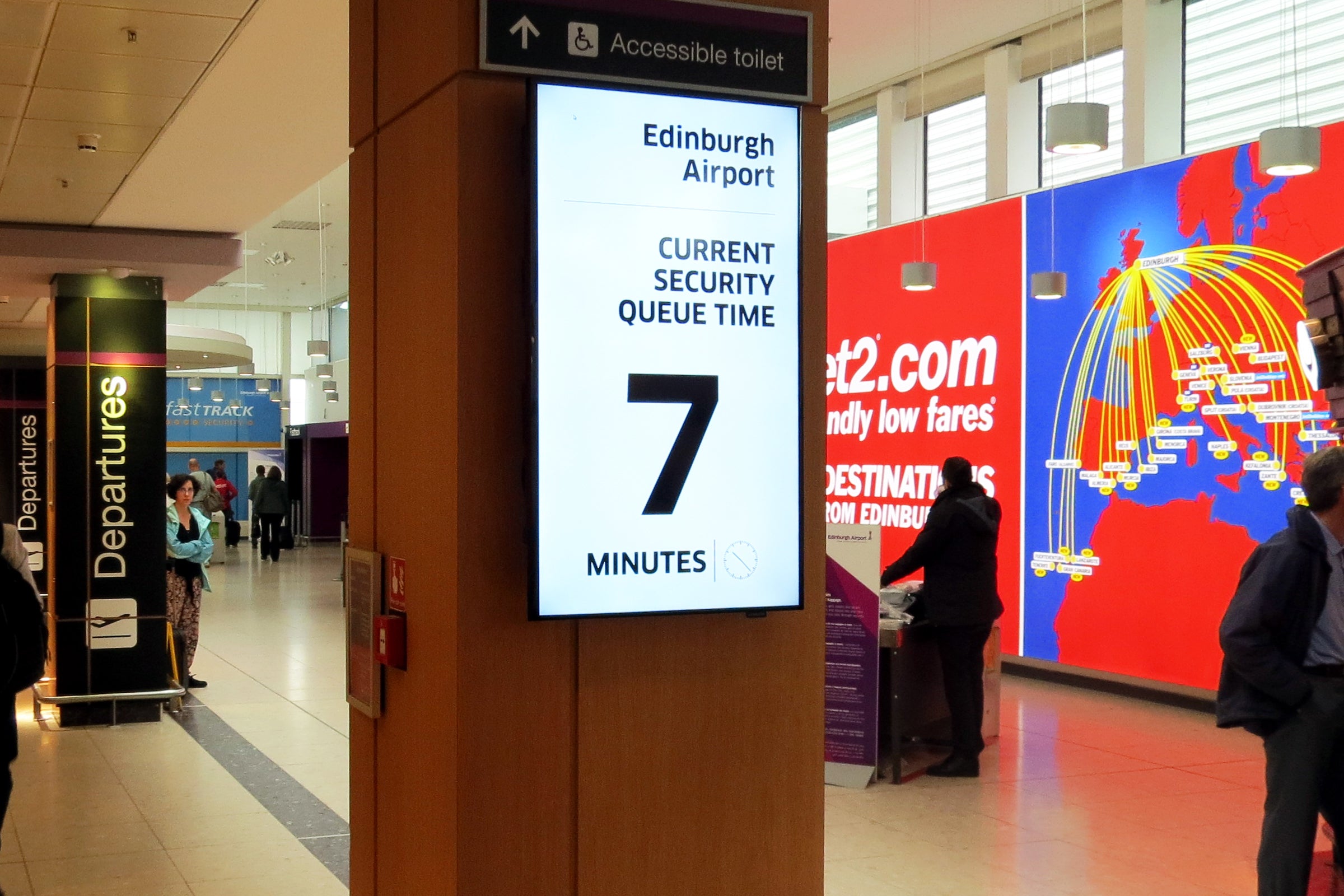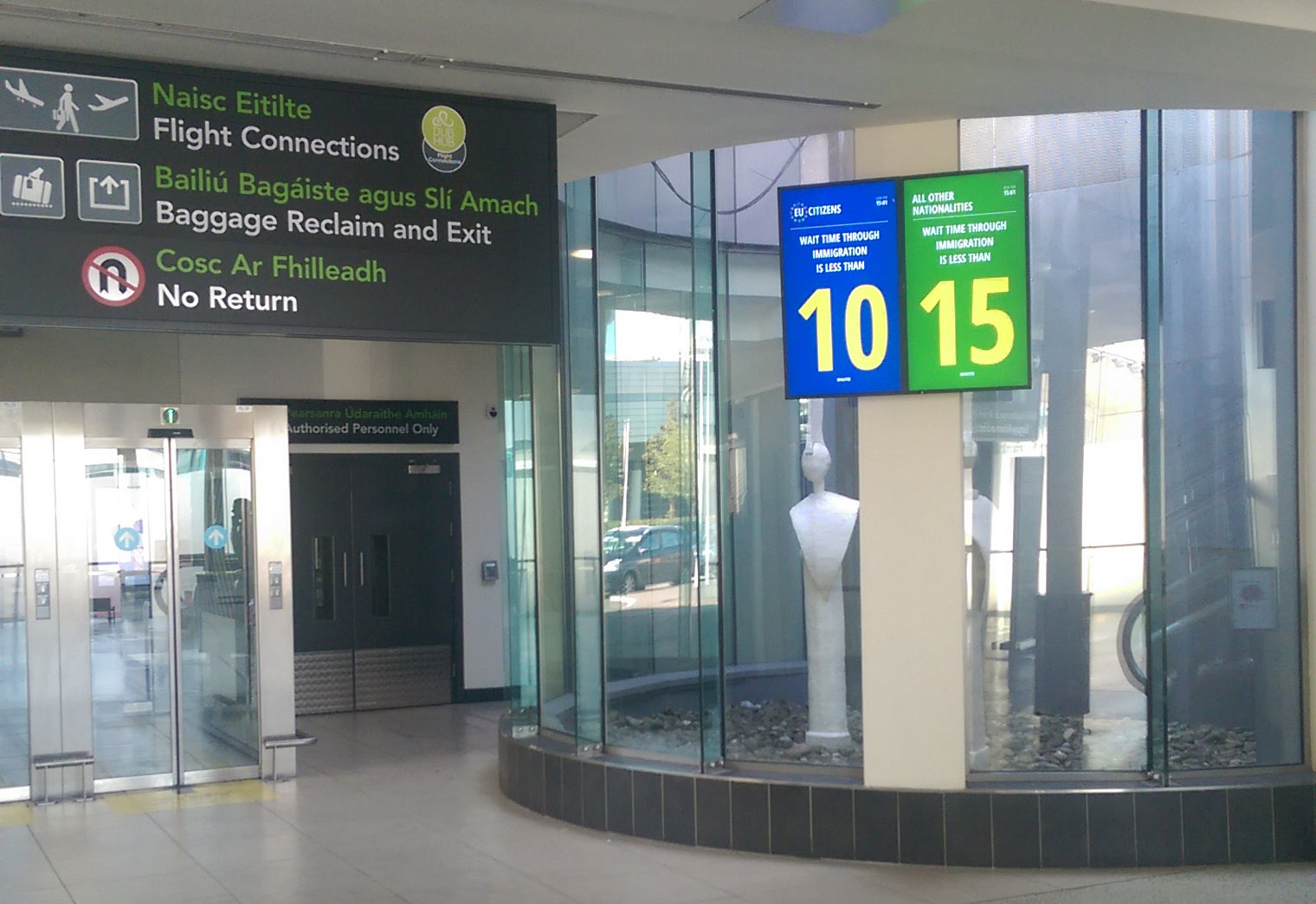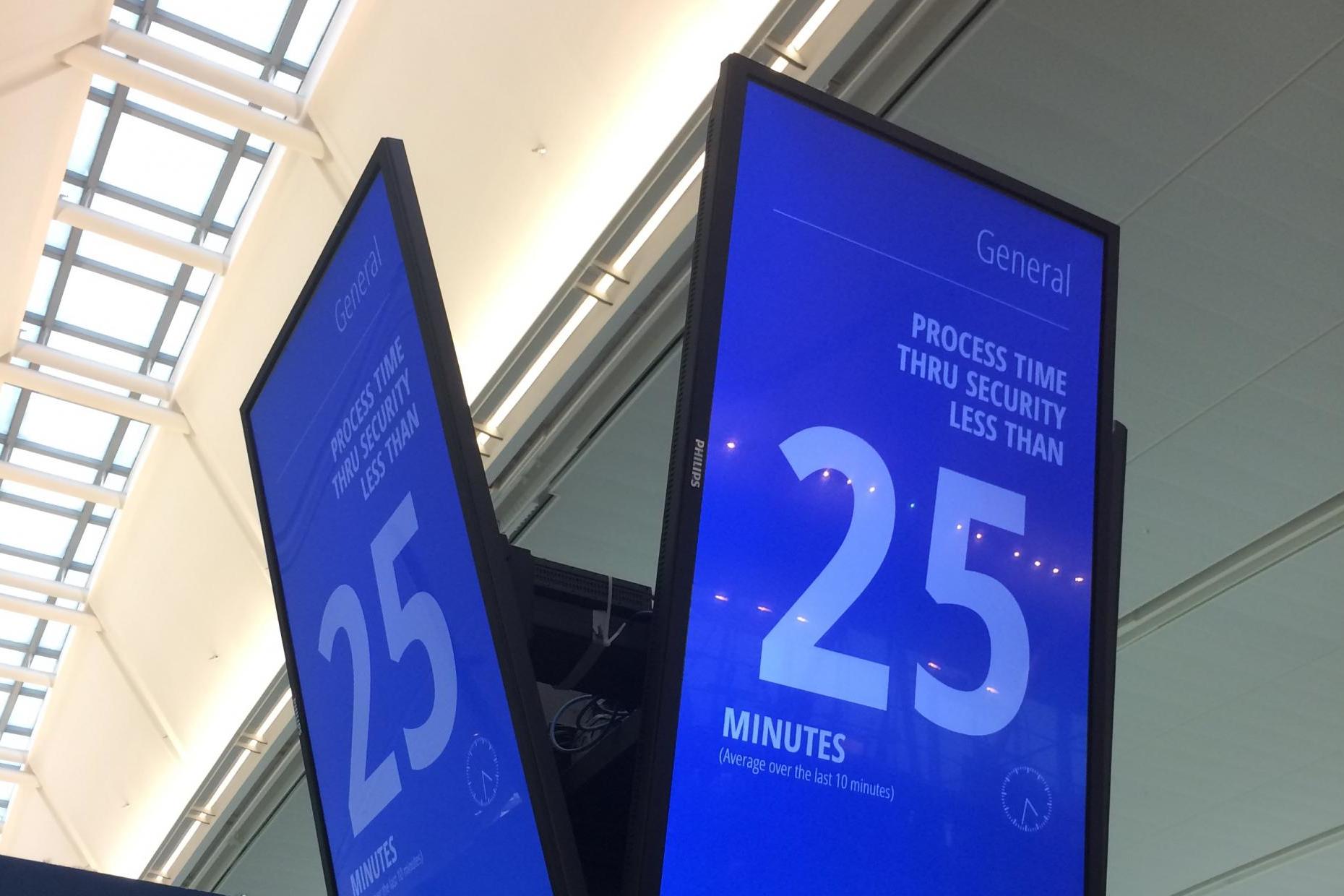How airports are tracking travellers’ smartphones to reduce queuing times
Wait times at airports could get shorter thanks to technology that tracks your every move through the terminal

If only we could zip through the necessary but tedious checkpoints at the airport without waiting – at check-in, bag drop, passport control, security. There would be more time to spend in the oyster bar or browse the latest “bargains” in those natty airside boutiques. Airports are equally keen to speed you through the bottlenecks, for every minute spent queuing is a minute that could be spent in retail therapy, which generates around half of all airport revenue.
No wonder airports compete with one another for your custom, and they also have to be mindful of IATA’s guidelines on Airport Service Level Agreements (SLAs), which define, among many other service parameters, queuing times around the terminal. These factors compel airports to find new ways to improve passenger flow, though with UK airports having handled over 268 million passengers in 2016 – a 6.7 per cent increase from the previous year – it’s easier said than done.

But help is at hand – in your hand in fact. Travellers’ smartphones and other digital devices are enabling some airports to track their meanderings around the airport so that extra staff can be dispatched to choke points, opening new queuing channels or even deploying the new phenomenon of self-locating robotic check-in kiosks. Mobile phones, now carried by over 98 per cent of airline passengers, are one of the secret sources feeding the data that pops up on those increasingly ubiquitous “wait time” screens, helping alleviate passenger exasperation by managing expectations.
One company that supplies airports around the world with this tech – in the UK it’s installed at Birmingham, Bristol, Manchester and Edinburgh airports – is business intelligence company BLIP Systems, based near Aalborg, Denmark. Its BlipTrack system detects digital devices via their Bluetooth and WiFi activity in a non-intrusive way without identifying the passenger.
“Airports can use this information to understand things such as which parking spaces, airport entrances and services passengers use, how many people show up at airport processes, when they arrive and how long they wait,” says Christian Bugislaus Carstens, BLIP’s marketing manager.
Of course, using sensors to track passengers’ digital devices prompts questions around the security and protection of personal data. According to Carsten, “each mobile device has a unique MAC address which is assigned to the device during manufacturing and cannot be modified. MAC addresses do not link to any individual user data, thus personal information is not revealed, and no personal data is collected, disclosed or otherwise processed by BLIP Systems, in compliance with the EU directive about privacy.”
How and where this technology is employed varies slightly between airports: At Birmingham, for example, which handled more than 11 million passengers in 2016, the system is used at the north immigration hall. “The data really helps to understand the actual wait time for the border, and helps discussion with the UKBF (United Kingdom Border Force) planning team and with resourcing plans for the future. By sharing the information on screens, we help reduce passenger frustration by creating realistic wait time expectations,” says Chris Wilson, the airport’s head of terminal operations. “It makes the passengers feel more relaxed and helps them plan the final elements of their journey as well as onward travel.”
At Bristol airport, they’ve been using the same tech to enable airport management to retrieve both live and historical information about walking routes, entrance and exit usage and time spent in car parks, check-in, security, lounges and gates, providing early warning if congestion occurs. Paul Davies, operations director at Bristol airport, says: “We wanted to introduce a state-of-the-art technical solution to the challenges airports face in improving customer flow management in the terminal, and the outcome has proved very successful.”

Edinburgh airport, which handled 11 million passengers last year, uses the system at its security lines. “We are able to keep our passengers fully informed 24/7 – both in the terminal and online – about what to expect at security. At peak times, up to 3,000 passengers an hour travel through security and our aim is to make that experience as smooth as possible,” says Adrian Witherow, COO at Edinburgh Airport.
BLIP’s Carstens adds: “Each day brings new challenges – delays, cancellations, unplanned events, seasonal changes, national holidays and more. Knowing how many and when people appear and being able to make accurate capacity forecasts is vital in order to reduce frustration.”
So next time you’re in the terminal and find yourself stuck in a queue, check that your phone is switched on. It could just help smooth the flow.
Join our commenting forum
Join thought-provoking conversations, follow other Independent readers and see their replies
Comments